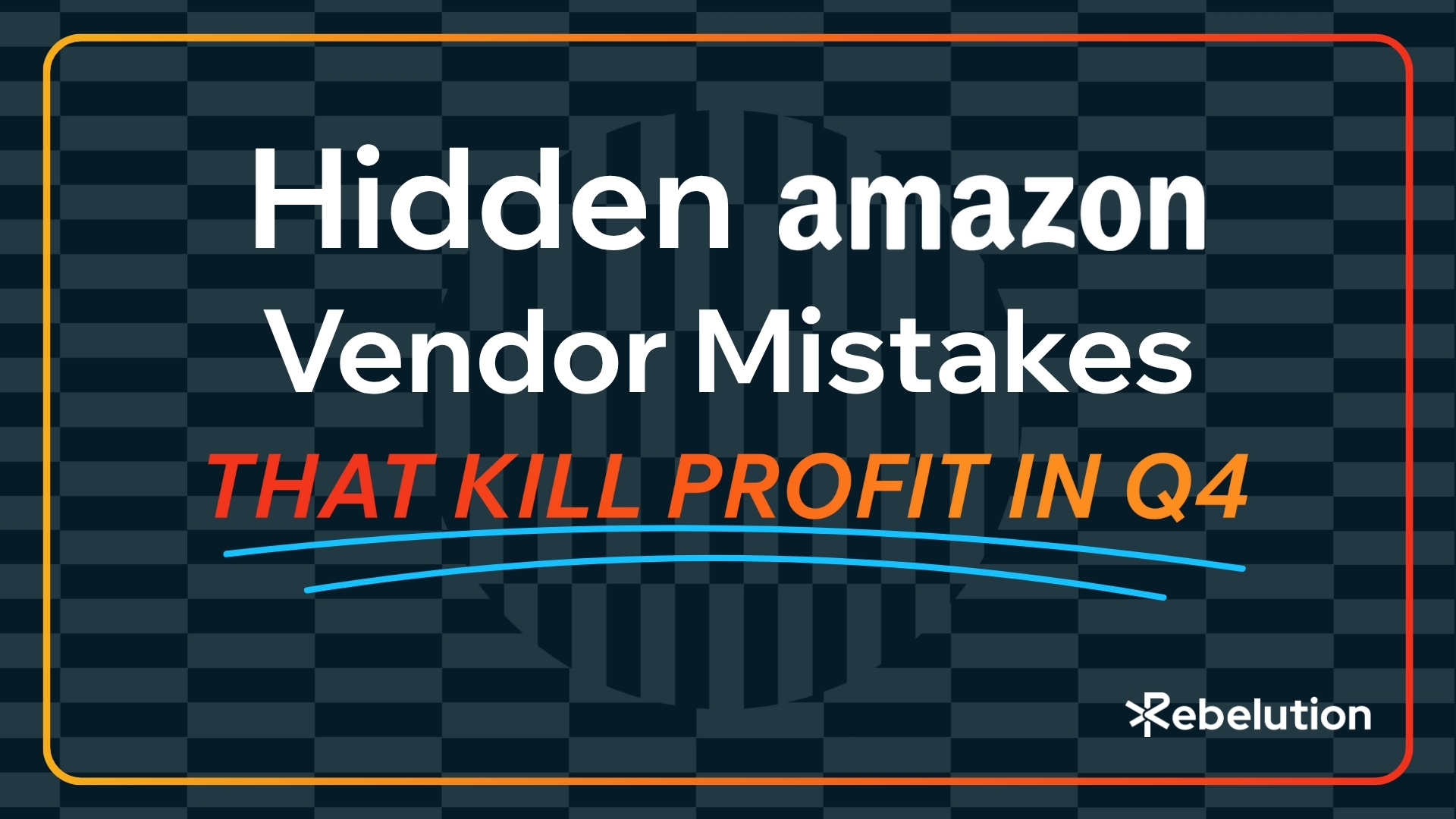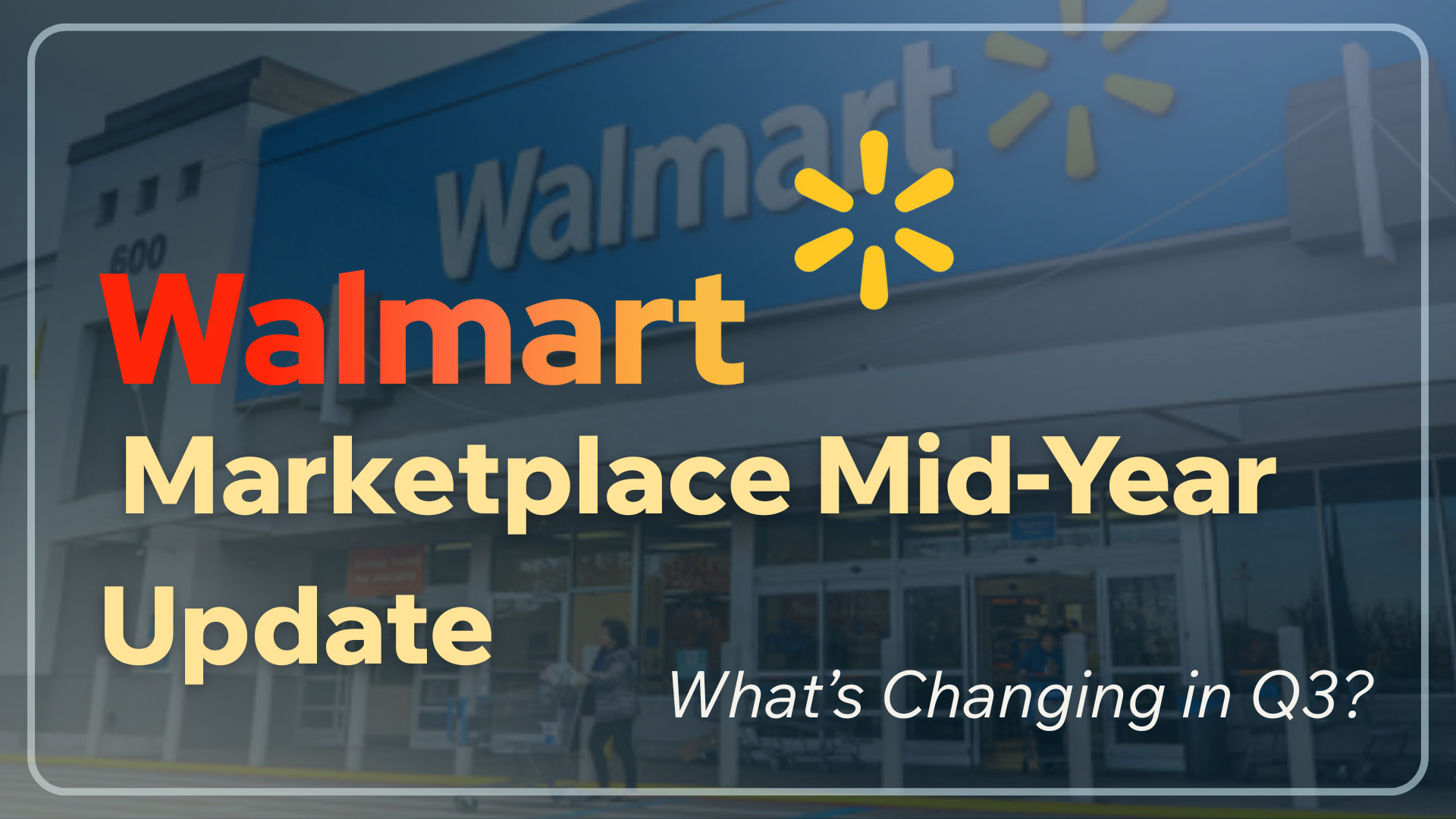Walmart might be best known for its big-box stores, but it has quietly become a formidable e-Commerce player. In 2023 Walmart’s online sales surpassed $100 billion, making it the second-largest e-Commerce retailer in the U.S. behind Amazon. This success is no accident! Walmart’s business strategy has evolved to leverage the company’s strengths (like its vast store network and supply chain efficiency) for digital growth. For Amazon sellers navigating a hyper-competitive online marketplace, studying a successful Walmart business strategy can uncover valuable lessons. From omnichannel retailing to relentless focus on value, Walmart’s approach offers insights that brands selling on Amazon (and other platforms) can apply to boost their own performance.
One hallmark of the Walmart business strategy is its omnichannel retailing – integrating physical stores with online shopping. Walmart uses its 4,000+ stores as a competitive advantage, offering services like grocery pickup, ship-from-store, and curbside delivery. Since 90% of Americans live within 10 miles of a Walmart (crazy, right?), the company uses its stores as mini fulfillment centers. This omnichannel approach makes shopping more convenient and builds trust. Multi-channel Walmart shoppers spend twice as much and shop more often than single-channel customers.
Amazon sellers can learn from this strategy. Even without physical locations, brands can expand their presence across multiple online platforms. Diversifying beyond Amazon, by selling on Walmart Marketplace or Overstock, helps reach more customers and reduces reliance on a single platform. In short, adopting an omnichannel mindset akin to Walmart business strategy helps make your business more resilient and customer-focused.
Another pillar of the Walmart business strategy is delivering consistent value and being a one-stop shop. Walmart’s “Everyday Low Prices” build trust and keep customers returning. In fact, 66% of shoppers say getting the best value for their money is their top reason for brand loyalty. Amazon sellers can replicate this by bundling products, creating multipacks, or pricing competitively. Prime Day and BFCM are great times for promotions, but shoppers look for deals all year long.
Walmart’s expansive product assortment encourages customers to buy multiple categories in one trip. While Amazon already offers broad selection, sellers can apply this idea by going deeper within their existing catalog. This might include offering different pack sizes, limited-time seasonal items, or variations in product design or formulation. Learning from Walmart business strategy means optimizing for both value and convenience in ways that fit within Amazon’s merchandising limitations.
It’s no secret that most sites collect user data, especially Walmart. They rely heavily on consumer data and customer segmentation to establish the best strategy. This includes using purchase behavior to deliver personalized deals and relevant product recommendations. For example, parents of young children may see baby product offers tailored to them. This approach drives engagement and loyalty.
Amazon sellers can use similar tactics. Tools like Amazon Brand Analytics and "Manage Your Customer Engagement" allow brands to better understand and segment their customers. By personalizing your messaging, whether through email, ads, or storefront design, you create stronger connections and increase conversion rates. Walmart’s business strategy proves that personalization drives results.
Walmart’s logistics are a major advantage in its e-Commerce growth as stores double as fulfillment centers, shortening delivery times and reducing costs. Walmart’s investment in automation and local delivery networks ensures it can meet rising customer expectations.
Amazon sellers should take note. Using Fulfillment by Amazon (FBA) helps provide Prime-eligible, fast-shipping products, which is a key conversion driver. If expanding to Walmart Marketplace, Walmart Fulfillment Services (WFS) offers competitive pricing and handles customer service and returns. Walmart business strategy shows that fulfillment isn’t just backend, it’s a core part of the customer experience and brand reputation.
Perhaps the most strategic move in Walmart business strategy is its investment in its third-party marketplace. By allowing outside sellers, Walmart has rapidly expanded its online catalog. While Amazon’s marketplace is much larger, Walmart’s less saturated and offers higher visibility to new sellers.
For Amazon sellers, this is a key opportunity. Listing on Walmart Marketplace lets you reach 120 million unique monthly visitors, many of whom may not shop on Amazon. It also helps future-proof your business by diversifying revenue streams. Walmart’s business strategy shows that being early to an emerging marketplace can yield long-term gains.
Walmart’s transformation into an e-commerce powerhouse holds valuable lessons for brands selling on Amazon. By reflecting on their success – including omnichannel thinking, value-focused pricing, data-driven marketing, operational excellence, and marketplace diversification – sellers can adopt proven tactics to grow and scale. The competitive edge lies in applying these insights strategically. In a fast-evolving e-Commerce landscape, the brands that stay agile, data-informed, and customer-focused, just like Walmart, are the ones that win.
Need help applying these strategies to your business? Let’s talk about how we can accelerate your growth across e-Commerce platforms. Contact us today!

Meghan is a digital marketing specialist and analyst at Rebelution eCommerce, focusing on internal strategies. With a strong background in market analysis and initiative development, she enhances internal communications and ensures marketing efforts align with business goals. Her strategic approach improves the efficiency and impact of Rebelution’s marketing operations.



Experts expect the slowest U.S. holiday growth since the pandemic—even as online sales rise. See the Black Friday sales forecast, what’s driving competition on Amazon, Walmart, Lowe’s, Home Depot, Wayfair, and how to win.


The biggest Amazon vendor Q4 mistakes aren’t what you think. Learn the hidden operational, financial, and data traps that quietly destroy holiday margins.


Learn how Amazon, Walmart, and Wayfair empower small business ecommerce brands with tools, reach, and growth opportunities.


Explore how Evolution Outdoor, in partnership with Rebelution, achieved a remarkable 65% increase in year-over-year sales...

.jpg)
Explore how Evolution Outdoor, in partnership with Rebelution, achieved a remarkable 65% increase in year-over-year sales...


Explore how Evolution Outdoor, in partnership with Rebelution, achieved a remarkable 65% increase in year-over-year sales...


